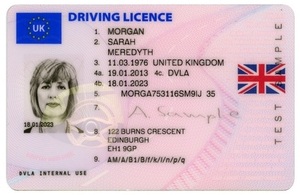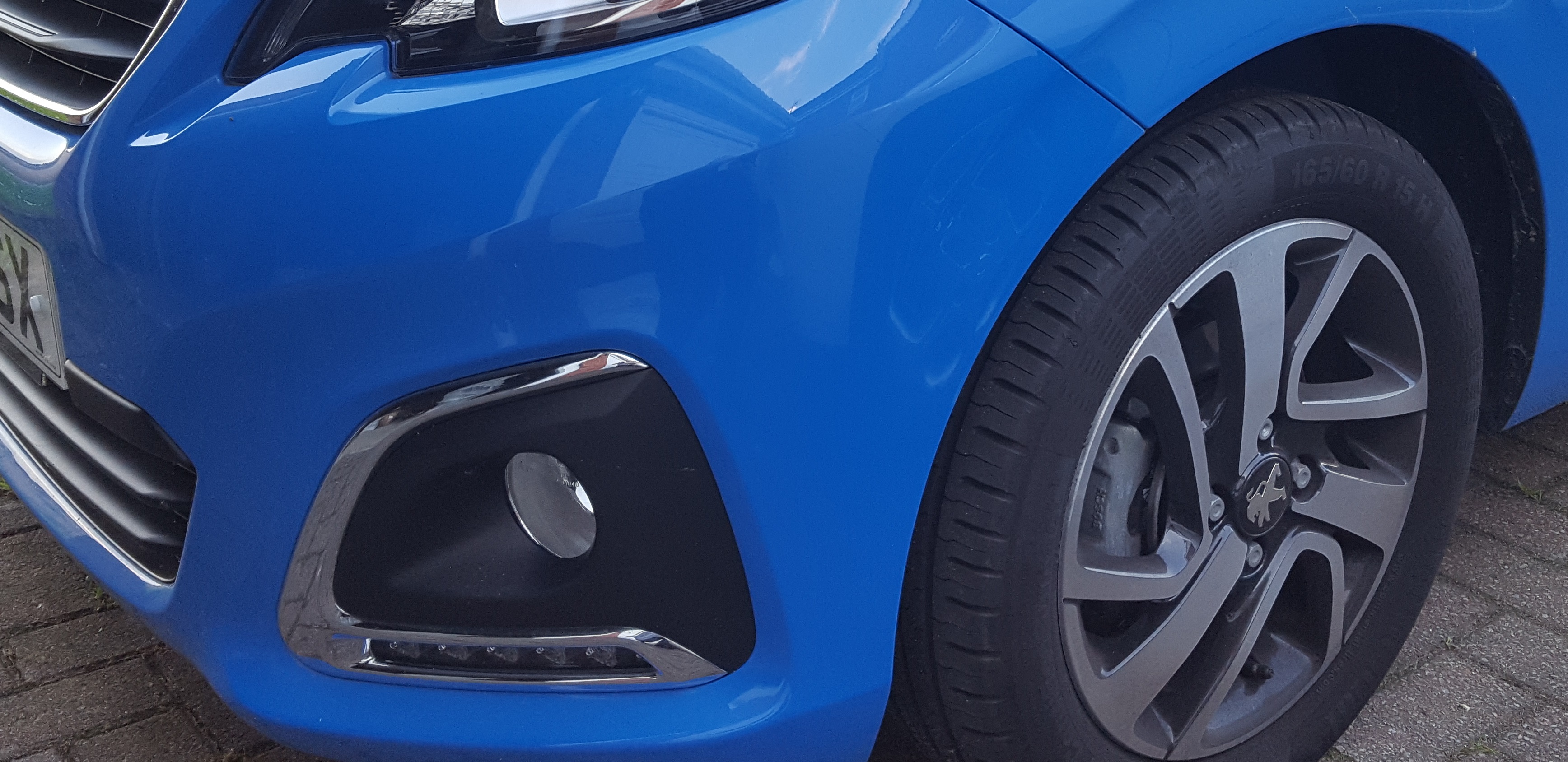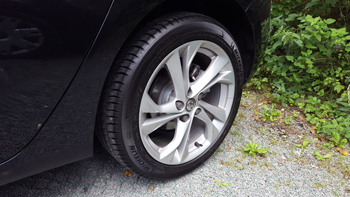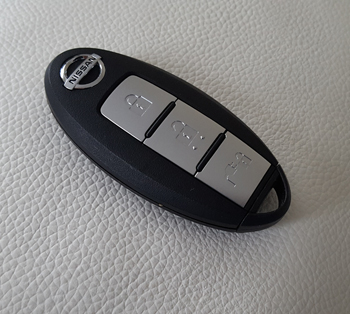
Your First Car
Getting Your Licence
With many rules and regulations to adhere to, things can sometimes seem a bit complicated and it’s easy to overlook what you need to do to ensure you’re not breaking the law when using the road.
You must do several things before you drive a car or ride a motorcycle on the road. These include getting a driving licence, registering your vehicle and making sure it’s insured, taxed and has a valid MOT. If you fail to do one or more of these things, you could face a fine, penalty points your licence (even on a provisional licence) and your vehicle could also be seized or crushed.
Even if you have previously had a full driving licence in another country, if you only have a provisional licence in the UK you must pass a theory and practical test here before you can drive on your own.
To learn to drive:
- You must be at least 17 years old. (16 if you receive disability living allowance at the higher rate)
- You must hold a provisional licence for Great Britain or Northern Ireland. (You can apply here)
- You must be able to read a vehicle registration plate from 20 metres away (with glasses or contact lenses if you need them, which you must always wear when you drive).
- You must make sure any vehicle you drive is roadworthy and properly taxed and insured for you to drive.
- You must display L plates on the front and rear of your vehicle where they can be clearly seen (you can display L or D plates in Wales).
- You must be accompanied by a fully qualified driver who is over 21 and has held a full car driving licence for at least three years. Ideally we’d recommend you have lessons with an Approved Driving Instructor (ADI) and practice with a family member or friend in between.
For more information you can visit the following websites:
- Safe Driving for Life – A learning to drive website produced with the DVSA
- Helping L Drivers – Helping young people learn to drive and ride safely
- Your Driving Licence – Getting a driving licence and keeping it.
- Smart Driving – For drivers, learner drivers and driver trainers.
To view an up to date version of the Highway Code please click here.
The DVLA and DVSA The Driver and Vehicle Licensing Agency (DVLA) maintain the registration and licensing of drivers in Great Britain together with the collection and enforcement of road tax. The Driver and Vehicle Standards Agency (DVSA) carries out driving tests, approves people to be driving instructors and MOT testers, carries out tests to make sure lorries and buses are safe to drive, carries out roadside checks on drivers and vehicles, and monitors vehicle recalls.
Buying A Car
Before you rush out and make that important purchase there’s some things you should really think about first. If it’s a second-hand car, get it checked before buying to ensure that the seller is the legal owner, there is no outstanding finance on the vehicle and it is in a safe roadworthy condition. You can find out what information the Driver and Vehicle Licensing Agency holds at the DVLA website. You’ll need the vehicle’s make and registration number for this.
The following websites may also be useful:
- You can check out the safety rating of your car, or one you plan to buy, at EuroNCAP.com. Click the appropriate link for detailed description of how each individual car performed and how they compare to other models in their class.
- The AA also have some tips on buying a used car: TheAA.com
- Advice and tips for buying, running and selling a new or used car: WhatCar.com
- First car offers advice specifically for new drivers
Getting Insurance
You must have at least third party insurance that covers your use of the vehicle, whether you own it or not. This means you’re covered if you have a collision causing damage or injury to any other person, vehicle, animal or property. It doesn’t cover any other costs like repair to your own vehicle. For your own vehicle to be covered as well, you’ll need fully comprehensive insurance.
Become a safer driver and gain potential insurance discounts by completing Pass Plus Cymru.
DOs and DON’Ts of Insurance
DO
- Check out and combine ALL the price comparison sites
- Get quotes from companies not on comparison sites
- Try adding a second responsible driver to your policy as a named driver
- Consider a policy which uses technology to monitor your driving e.g. black box, apps etc.
- Tell your insurer about changes and special circumstances
- Try multi-car policies if you live with parents or a partner
DON’T
- Assume third party insurance is cheaper than fully comprehensive
- Put someone else as the first driver if it’s your car – you must be the policyholder
- Modify your car as this can raise insurance premiums
- Be tempted to lie
- Forget that car type (and engine size) impacts on the insurance cost
For more information on young driver insurance try these links:
Running Your Car
Even if your vehicle has a current MOT certificate, it is your responsibility to make sure it is safe and legal to use on the road in between. This includes checking your tyres, lights and fluid levels regularly throughout the year. It is also beneficial to have your car serviced regularly where the engine oil can be changed and any worn parts can be replaced. Each car manufacturer has different requirements so it’s worth talking to your local car dealership or mechanic.
The Royal Society for the Prevention of Accidents (RoSPA) has produced a useful video guide on basic car maintenance that you can view here.
These other websites may also be useful:
- PetrolPrices.com – To find the cheapest petrol prices in your area and tips on gaining more miles per litre
- Traffic Wales – Live traffic reports when you need them.
- Traffic-Update.co.uk – Plan your journey, get live traffic reports and road safety news.
- TheAA – The cost of running a petrol or diesel car from the AA
- GoSafe – For information relating to safety cameras, including facts, locations and penalties
- TyreSafe – Information on tyre maintenance and the dangers of defective and illegal tyres.







